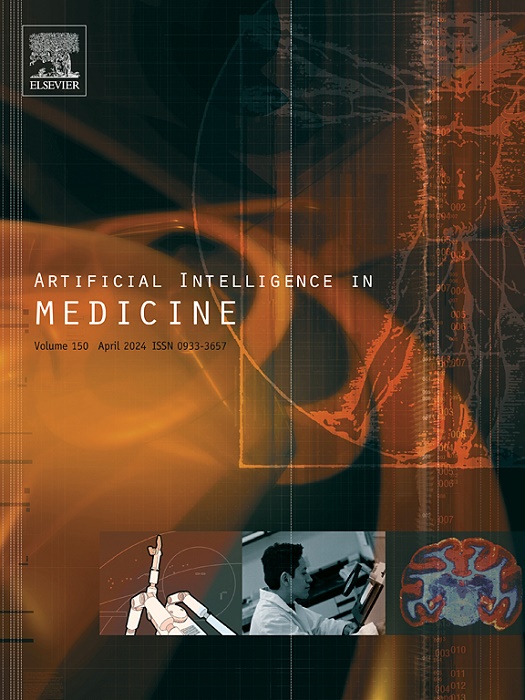Speech translation for multilingual medical education leveraged by large language models
IF 6.2
2区 医学
Q1 COMPUTER SCIENCE, ARTIFICIAL INTELLIGENCE
引用次数: 0
Abstract
The application of large language models (LLMs) to speech translation (ST) or, in general, to machine translation (MT) has recently provided excellent results, superseding conventional encoder–decoder MT systems in the general domain. However, this is not clearly the case when LLMs as MT systems are translating medical-related materials. In this respect, the provision of multilingual training materials for oncology professionals is a goal of the EU project Interact-Europe in which this work was framed. To this end, cross-language technology adapted to the oncology domain was developed, evaluated and deployed for multilingual interspecialty medical education. More precisely, automatic speech recognition (ASR) and MT models were adapted to the oncology domain to translate English pre-recorded training videos, kindly provided by the European School of Oncology (ESO), into French, Spanish, German and Slovene. In this work, three categories of MT models adapted to the medical domain were assessed: bilingual encoder–decoder MT models trained from scratch, pre-trained large multilingual encoder–decoder MT models, and multilingual decoder-only LLMs. The experimental results underline the competitiveness in translation quality of LLMs compared to encoder–decoder MT models. Finally, the ESO speech dataset, comprising roughly 1000 videos and 745 h for the training and evaluation of ASR, MT and ST models, was publicly released for the scientific community.
基于大型语言模型的多语种医学教育语音翻译
大型语言模型(llm)在语音翻译(ST)或机器翻译(MT)中的应用最近取得了出色的成果,在一般领域取代了传统的编码器-解码器机器翻译系统。然而,当llm作为MT系统翻译医学相关材料时,情况并非如此。在这方面,为肿瘤学专业人员提供多语言培训材料是欧盟项目“欧洲互动”的一个目标,这项工作就是在这个项目中制定的。为此,开发、评估和部署了适用于肿瘤学领域的跨语言技术,用于多语言跨专业医学教育。更准确地说,自动语音识别(ASR)和MT模型适用于肿瘤领域,将欧洲肿瘤学院(ESO)提供的英语预先录制的培训视频翻译成法语、西班牙语、德语和斯洛文尼亚语。在这项工作中,我们评估了适合医学领域的三类机器翻译模型:从头开始训练的双语编码器-解码器机器翻译模型,预训练的大型多语言编码器-解码器机器翻译模型,以及仅多语言解码器的机器翻译模型。实验结果强调了llm与编码器-解码器机器翻译模型在翻译质量上的竞争力。最后,ESO语音数据集向科学界公开发布,该数据集包含大约1000个视频和745个小时,用于ASR, MT和ST模型的训练和评估。
本文章由计算机程序翻译,如有差异,请以英文原文为准。
求助全文
约1分钟内获得全文
求助全文
来源期刊

Artificial Intelligence in Medicine
工程技术-工程:生物医学
CiteScore
15.00
自引率
2.70%
发文量
143
审稿时长
6.3 months
期刊介绍:
Artificial Intelligence in Medicine publishes original articles from a wide variety of interdisciplinary perspectives concerning the theory and practice of artificial intelligence (AI) in medicine, medically-oriented human biology, and health care.
Artificial intelligence in medicine may be characterized as the scientific discipline pertaining to research studies, projects, and applications that aim at supporting decision-based medical tasks through knowledge- and/or data-intensive computer-based solutions that ultimately support and improve the performance of a human care provider.
 求助内容:
求助内容: 应助结果提醒方式:
应助结果提醒方式:


